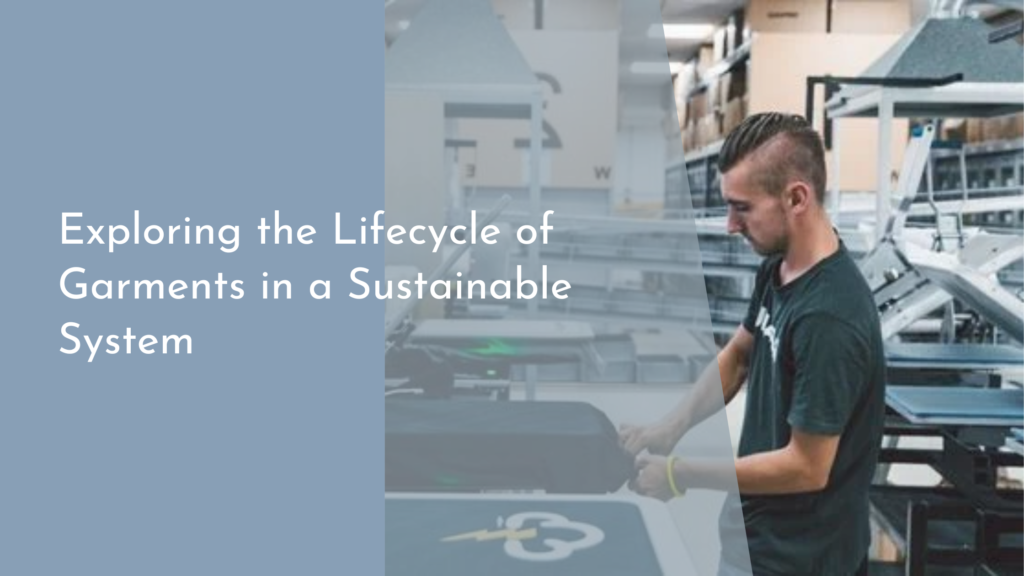Biodegradable Packaging Policies for Urban Markets
In an era where environmental concerns are at the forefront of global governance, cities around the world are stepping up to address the pressing issue of plastic waste. Urban markets, bustling with commerce and innovation, are becoming pioneers in the shift towards biodegradable packaging. This change is not just a trend; it’s a vital step in creating sustainable communities that prioritize the health of our planet. As biodegradable packaging becomes more prevalent, it’s essential to explore its impact, benefits, and future potential.
Embracing Change: The Rise of Biodegradable Packaging
Over the past decade, the awareness surrounding the environmental impact of traditional plastic packaging has grown exponentially. Biodegradable packaging, made from natural materials such as cornstarch, sugarcane, and bamboo, has emerged as a viable alternative. This type of packaging decomposes through natural processes, significantly reducing the burden on landfills and minimizing pollution in our oceans and waterways. As consumers demand more responsible choices, manufacturers are investing in innovative solutions that align with sustainable practices.
Cities are responding to this consumer demand by implementing policies that encourage the use of biodegradable materials. From tax incentives for businesses that adopt eco-friendly practices to stringent regulations on single-use plastics, urban markets are paving the way for a greener future. The transition to biodegradable packaging isn’t just about compliance; it’s about fostering a culture of sustainability that resonates with citizens and businesses alike. The growing availability and acceptance of these alternatives signify a collective embrace of change that prioritizes our planet’s health.
Urban Markets Leading the Way in Sustainable Solutions
Urban markets are uniquely positioned to lead the charge in sustainable packaging solutions due to their dense populations and high levels of consumer engagement. Local governments are taking proactive measures to support businesses in adopting biodegradable packaging options, including grant programs, workshops, and partnerships with environmental organizations. These initiatives not only facilitate the transition but also educate consumers on the importance of making eco-friendly choices. As a result, many urban markets have become testing grounds for innovative packaging solutions that prioritize sustainability without sacrificing quality or convenience.
Moreover, the collaborative efforts between city officials, businesses, and community organizations are creating a ripple effect throughout urban areas. Farmers’ markets, street vendors, and local shops are increasingly opting for biodegradable packaging, showcasing their commitment to sustainability. This grassroots movement is inspiring larger corporations to follow suit, as they recognize the importance of aligning with the values of their customers. By championing these changes, urban markets are not only enhancing their appeal but also setting an example for other regions to follow.
Benefits of Biodegradable Packaging for Our Communities
The shift towards biodegradable packaging offers numerous benefits that extend beyond environmental impact. One of the most significant advantages is the enhancement of community health. Traditional plastic waste can take hundreds of years to decompose, leading to pollution that affects soil, air, and water quality. In contrast, biodegradable materials break down relatively quickly, returning nutrients to the earth and reducing the risk of contamination. This shift results in cleaner and healthier urban environments that benefit all residents.
Additionally, the adoption of biodegradable packaging stimulates local economies. As urban markets invest in eco-friendly materials, new businesses emerge to produce and distribute these alternatives, creating jobs and fostering innovation. Consumers are increasingly drawn to businesses that demonstrate environmental responsibility, leading to increased foot traffic and sales for those that embrace biodegradable packaging. This symbiotic relationship between sustainable practices and economic growth illustrates how communities can thrive while prioritizing the health of our planet.
Future Trends: What’s Next for Eco-Friendly Packaging?
The future of biodegradable packaging is bright, with new innovations and trends emerging at a rapid pace. One significant trend is the integration of technology in packaging design. Smart packaging, which can communicate with consumers through QR codes or augmented reality, is becoming more prevalent. This technology can provide information about the material’s biodegradability and the best disposal methods, empowering consumers to make informed choices and further driving the demand for sustainable options.
Another exciting development is the rise of circular economy initiatives that promote the reuse and recycling of biodegradable materials. Instead of following a linear model where products are used and discarded, urban markets are exploring ways to create closed-loop systems where materials are continuously repurposed. These initiatives not only reduce waste but also foster a community ethos centered around sustainability. As awareness grows and technologies evolve, biodegradable packaging will undoubtedly become a cornerstone of urban markets, ensuring a cleaner, greener future for generations to come.
In conclusion, biodegradable packaging policies in urban markets are not just a response to environmental challenges; they represent a hopeful shift towards sustainable living. By embracing this change, urban communities can enjoy cleaner environments, healthier lifestyles, and a vibrant local economy. As we look to the future, the ongoing commitment to eco-friendly practices will pave the way for innovative solutions that prioritize our planet’s well-being. Together, we can create urban spaces that are not only thriving markets but also champions of sustainability, proving that small changes can lead to monumental impact.

